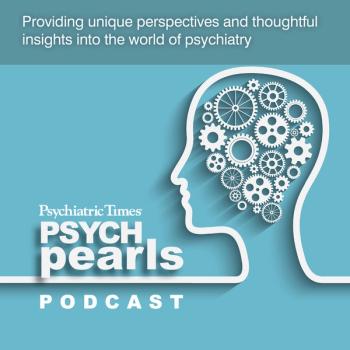
How can clinicians help patients struggling with addiction, especially during this time when uncovering past traumas might feel impractical?

How can clinicians help patients struggling with addiction, especially during this time when uncovering past traumas might feel impractical?
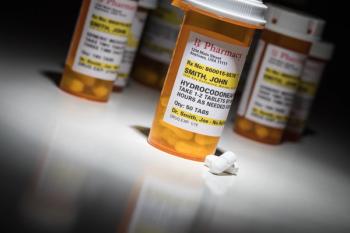
While there are risks for prescribing benzodiazepines and opioids concurrently, experts agree there are times when it may be an appropriate treatment decision.

Veterans with chronic pain should consider reducing alcohol usage to combat symptoms.
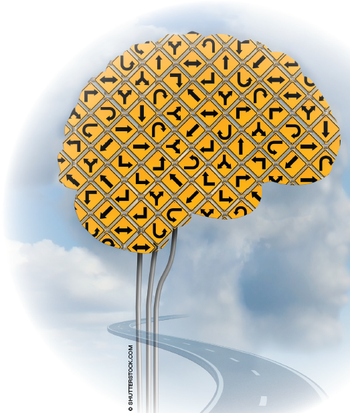
The acute psychotomimetic effect of cannabis is transitory, but evidence indicates that the chronic use, especially if started in adolescence, contributes to the occurrence of schizophrenia.

Addiction among older adults is associated with worse medical outcomes and increased economic burden of care. The long-term use of psychoactive substances can result in adverse neurological outcomes even at therapeutic doses.
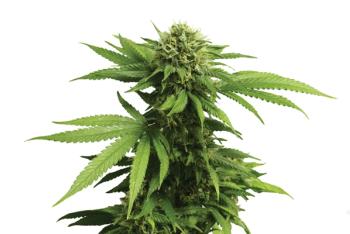
There is evidence in both patients with psychotic disorders and the general population that cannabis use is associated with adverse effects of psychopathology and cognition.
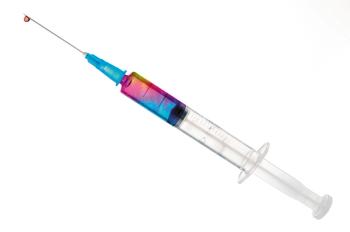
This innovative program at Massachusetts General Hospital addresses postoperative pain while preventing relapse in patients a history of opioid use disorder.

At a time when preserving public health is our highest priority, why would we want to encourage excessive alcohol use among the vulnerable?
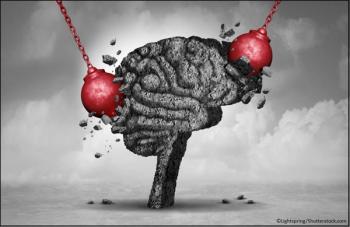
How much progress has been made in the area of substance use disorders in the last 40 years?

Although 6 months is the recommended duration for buprenorphine treatment, many patients discontinue within a few weeks or months of treatment.
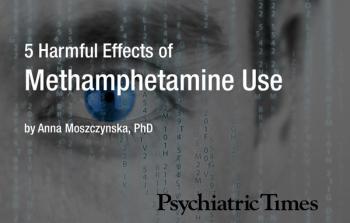
Powerfully addictive, methamphetamine has devastating effects on health and other aspects of life. What is the net result of chronic methamphetamine abuse? Here are 5 of the major indicators.

Like it or not, social media has become a constant in our lives, and it is getting harder to unplug. But, is social media actually causing harm?

Three studies highlight how important it is that when physicians prescribe opioids there can be significant and even potentially fatal consequences for the family members of those for whom they are being prescribed.

Judgements and settlements are starting in Oklahoma against various pharmaceutical companies for their alleged roles in that state’s opioid crisis. Who would be the beneficiaries of these funds?
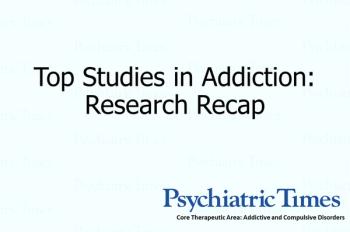
Prescription drug misuse in adolescents is source driven and asking frequency questions identifies problematic substance use are some of the more significant findings.
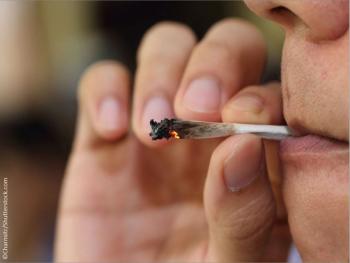
Cannabis is a widely used drug of abuse in adolescents. With legalization of marijuana, adolescent cannabis use may increase substantially.

With internet and video gaming here to stay, game designers will continue to prioritize habitual gaming over the health of players, and the burden of pathological gaming will fall on users and their families.
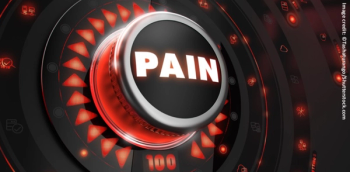
What happens when your patient uses cannabinoid compounds for pain, especially if there are currently taking opioids? Just in time for Pain Awareness Month, the results from these new studies provide insights and guidance.

An interplay between genetic and early environmental factors contributes to the development of substance abuse.

Medical professionals don’t want to prescribe too many pain killers, which may contribute to the epidemic of opioid misuse, yet they don’t want patients to needlessly suffer.
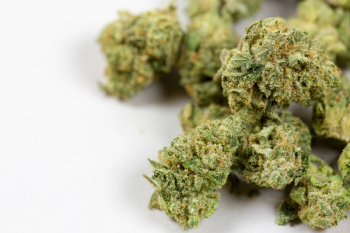
Many have said that truth is the first casualty of war. In the war on drugs, truth died before the first shot was fired.
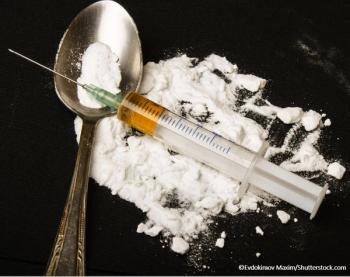
"He'll just have to hit bottom." That bit of outdated advice can be terrifying. How do clinicians trying to help the person with an addiction who refuses to set foot in our office render assistance?

Opioids, suicide, and Alzheimer disease all play a large role in the life expectancy drop reported by the CDC.
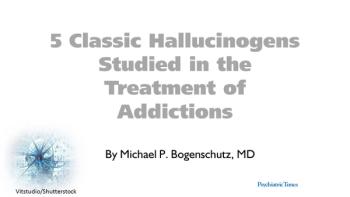
This slideshow provides information about the compounds, clinically relevant attributes, approximate dose, and data under study.
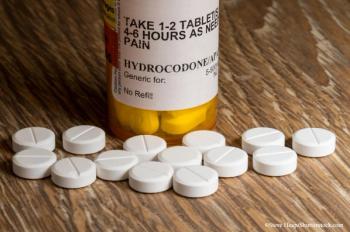
Dependence on alcohol and tobacco or illicit drugs is generally higher in men, but the gender gap is narrowing at an alarming rate, especially in adolescents.